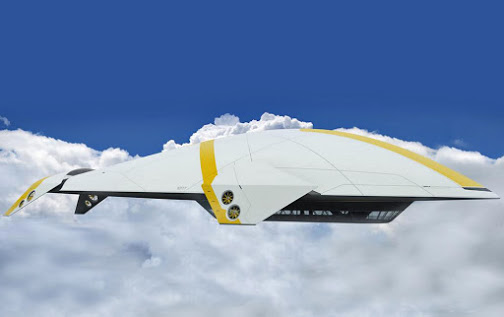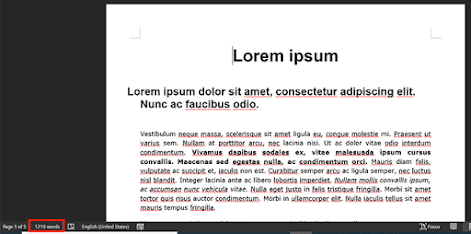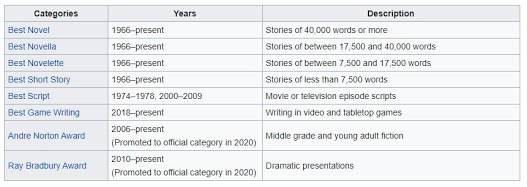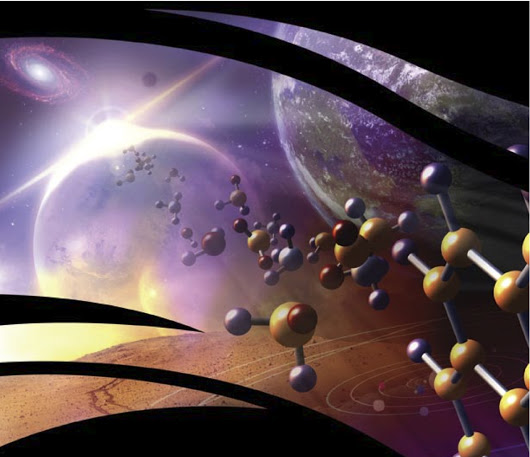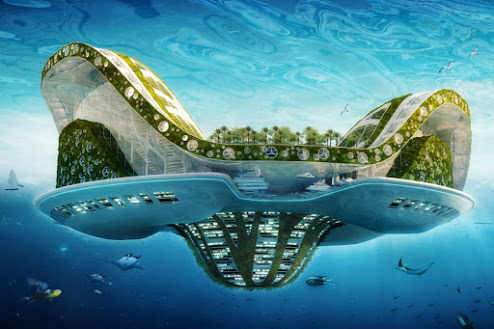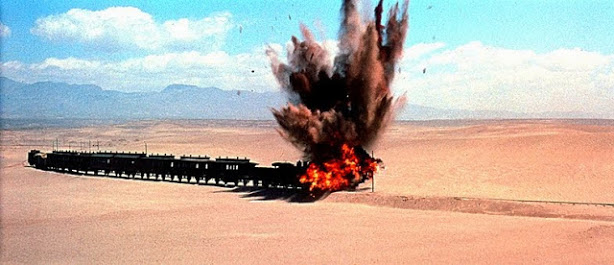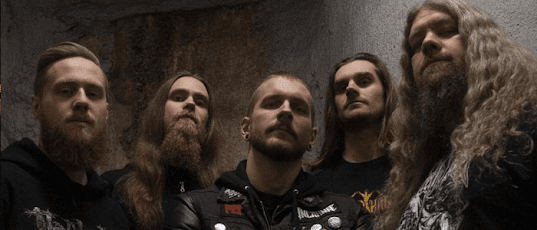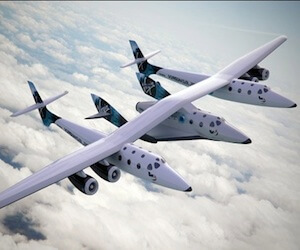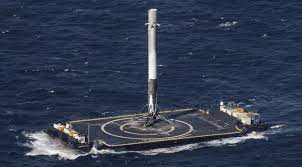My original aim for this year’s A2Z Challenge was to use the month of posting to complete a science fiction novel and post both an adjunct to the novel-writing process and a chapter a day. Unfortunately, April saw a big blip in my day job so writing these posts was as much as I could do – but I have built up momentum, developed some key ideas and received some helpful comments from You – Dear Readers! If anyone wants to receive the balance of chapters when written, please leave an email address in the comments. Meanwhile, Hawaii 2, having all its difficulties with jet flight, has revived the slow form of transport popularly known as Zeppelins.
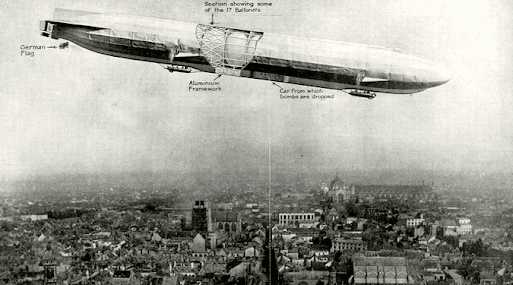
War has so often been a driver for technology and scarcely less than in the field of aviation, Germany first developed the serious use of airships and deployed them as bombers against Britain during the First World War due to the fact that they could carry heavy loads, and travel long distances with great fuel efficiency. Their size and slowness made them easy targets and their use of hydrogen as the lifting gas made them vulnerable to fire. The destruction of the Hindenberg as it came in to land after a trans-Atlantic flightare iconic – a bolt of lightning is thought to have ignited the aluminium-painted skin of the airship and the comparatively slow burning (rather than explosive) hydrogen allowed a few survivors to escape.

By this stage, between the world wars, Britain had built a larger and even more ambitious airship – the R101 which also crashed and burned on its inaugural flight – my mother was at school when the airship passed overhead on its doomed flight.
Airships made a return to the world with the use of Helium instead of Hydrogen, though not with anything like the scale of the great hydrogen airliners and only for commercial no-passenger activities – (although the vehicles continue to proliferate and diversify). Aeroplanes took over the niche of mass passenger air-transport but now, the environmental cost of flying needs to be factored in as we struggle to achieve zero-carbon targets…
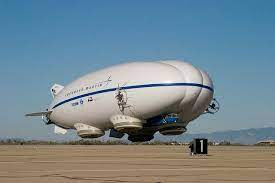
The problem with helium is that it is officially a rare element – not in the universe where it is the second most common element, but here on Earth where only limited supplies exist. Furthermore, once you put helium into your birthday balloon and it eventually leaks out, the atmosphere will carry it away and it will eventually float off into space to be lost forever. Helium is a finite and non-renewable resource that now turns out to have many important uses such as cooling superconductors so throwing it away in birthday balloons is a great waste…
As the author of “Train Wreck”, I hereby generously endow Hawaii 2 with large reserves of helium making the use of airships possible and desirable. They may be slow, but like the canal boats in the 19th Century, once a flow of freight traffic was established, the slow speed did not matter. On Hawaii 2, the issue of jet engines not being feasible, quite aside from their polluting potential – something strictly guarded against on Hawaii 2 – airships are ideal. Electric, hydrogen cells, solar panels – all of these could be employed to power the slow but curiously graceful airships of the future…
